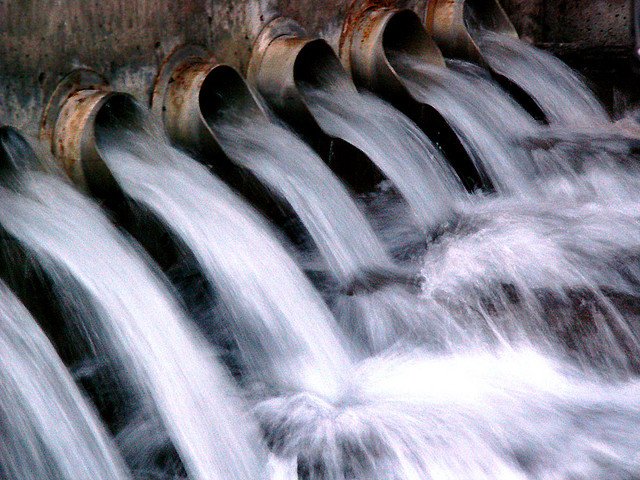On April 22, 2021, Ministry of Ecology and Environment of China exposed an illegal sewage discharge by a company in Henan Province on its official website, which was found by the inspection carried out by the Ecology and Environment inspection team. This case is a notorious environmental illegal case that has been reported by many media since 2017. The outline is as follows.
Outline of the case
Tianrui Coking is a company located in the industrial park of Ruzhou City, Henan Province, equipped with facilities such as coal washing, coal preparation, coking, quenching, coal gas electric power generation, etc., and has a set of 1 million tons/year stamping reconstruction project. This project was started in May 2011, completed and went into operation in November 2014. The project had an annual output of 50000 tons of tar, 13000 tons of crude benzene, 13000 tons of ammonium sulfate, and 270 million kWh of power generation. According to the requirements of project construction approval, the wastewater should realize “zero discharge”.
In 2018, a report named “A village was ‘entangled’ by sewage: crops were damaged, and villagers got strange diseases” was reported by the media. According to the report, the Department of Environmental Protection (currently the Ecology and Environment Department), Geology and Mining, Safety Supervision, Forestry, Public Security and others jointly conducted the survey. The inspection found that only the drinking water guarantee measures for villages around the Tianrui Coking was taken after that survey, the local government didn’t urge the company to take rectification from the source of pollution.
The major problems of this environmental illegal case
The inspection by the Ministry of Ecology and Environment found there are several illegal acts.
- Illegally discharge wastewater which exceeds the emission standard
The inspection results showed that the concentrations of COD, ammonia nitrogen and cyanide in the wastewater were 0.5 times, 3.5 times and 1.4 times higher than the direct discharge standard in Table 2 of “Emission standard of pollutants for coking chemical industry” (GB16171-2012).
- Improper use of the pollution control facilities
According to the inspection results, the pollution control equipment installed in the project had only been in operation for a total of 10 days since 2014. In addition, based on the monitoring results of the sampling from quenching pool, the concentrations of COD, ammonia nitrogen, volatile phenol and cyanide in coke quenching water were 2.0, 14.2, 22.7 and 13.2 times higher than the indirect emission standard in Table 2 of “Emission standard of pollutants for coking chemical industry” (GB16171-2012).
- Illegal discharge of wastewater into rainwater collection tank
The monitoring results showed that the concentrations of COD, ammonia nitrogen and cyanide in the rainwater collection tank were 1.7 times, 11.7 times and 6.6 times higher than the indirect emission standard in Table 2 of “Emission standard of pollutants for coking chemical industry” (GB16171-2012), the concentration of COD, ammonia nitrogen, petroleum and cyanide in the main discharge outlet of the rainwater collection tank were1.9 times, 4.8 times, 5.1 times and 2.2 times higher than standard respectively.
According to the calculation results, the project cannot achieve “zero discharge”, and it was estimated that there were hundreds tons of wastewater was discharging every day. Furthermore, according to the analysis results of the bottom mud sampling from the drainage channel in the northeast corner of the factory, the content of benzopyrene was 4.82 mg / kg, which exceeds the screening value standard of “Soil Environmental Quality-Agricultural Land” (GB 15618-2018) by 7.76 times. And the petroleum hydrocarbon content was 7050 mg / kg, which exceeds the specified value in the “Soil Environmental Quality-Risk control standard for soil contamination of development land (Trial)” (GB 36600-2018).
 Illegal wastewater discharge exposed in Henan province, China
Illegal wastewater discharge exposed in Henan province, China 

























